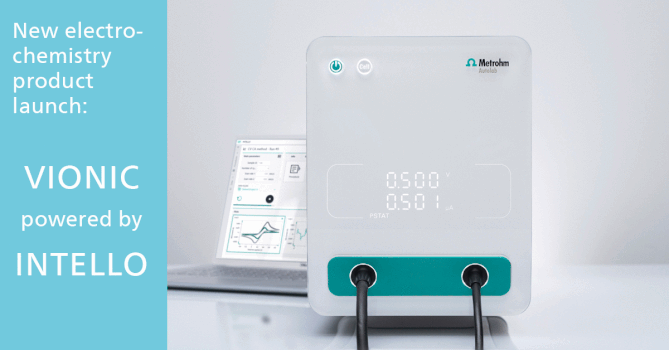Anionic Clays. Structure, Synthesis, Applications
Abstract
A review concerns recent progress in the preparation and characterization of synthetic lamellar compounds referred to as anionic clays. The structure of these compounds consists of positively charged hydroxide layers, owing to the presence of two octahedrally coordinated metal atoms in different oxidation states (MII1-xMIIIx, Al2Li, Ca2Al), and of negatively charged interlayers containing various inorganic or organic exchangeable anions. The interlayer region provides reactive medium for the anions as well as for a variety of intercalated polar and nonpolar molecules, such as water, polyols, amines, and immobilized catalytic active metal complexes. These materials and products of their controlled thermal decomposition have been utilized mainly as anion exchangers, sorbents and catalysts for selected conversions of organic compounds, solid state ionic conductors, and presursors of phases for miscellaneous nanocomposite materials.Downloads
Published
1997-04-15
How to Cite
Zikmund, M., & Hrnciarova, K. (1997). Anionic Clays. Structure, Synthesis, Applications. Chemické Listy, 91(3). Retrieved from http://ww.w.chemicke-listy.cz/ojs3/index.php/chemicke-listy/article/view/2788
Issue
Section
Articles




